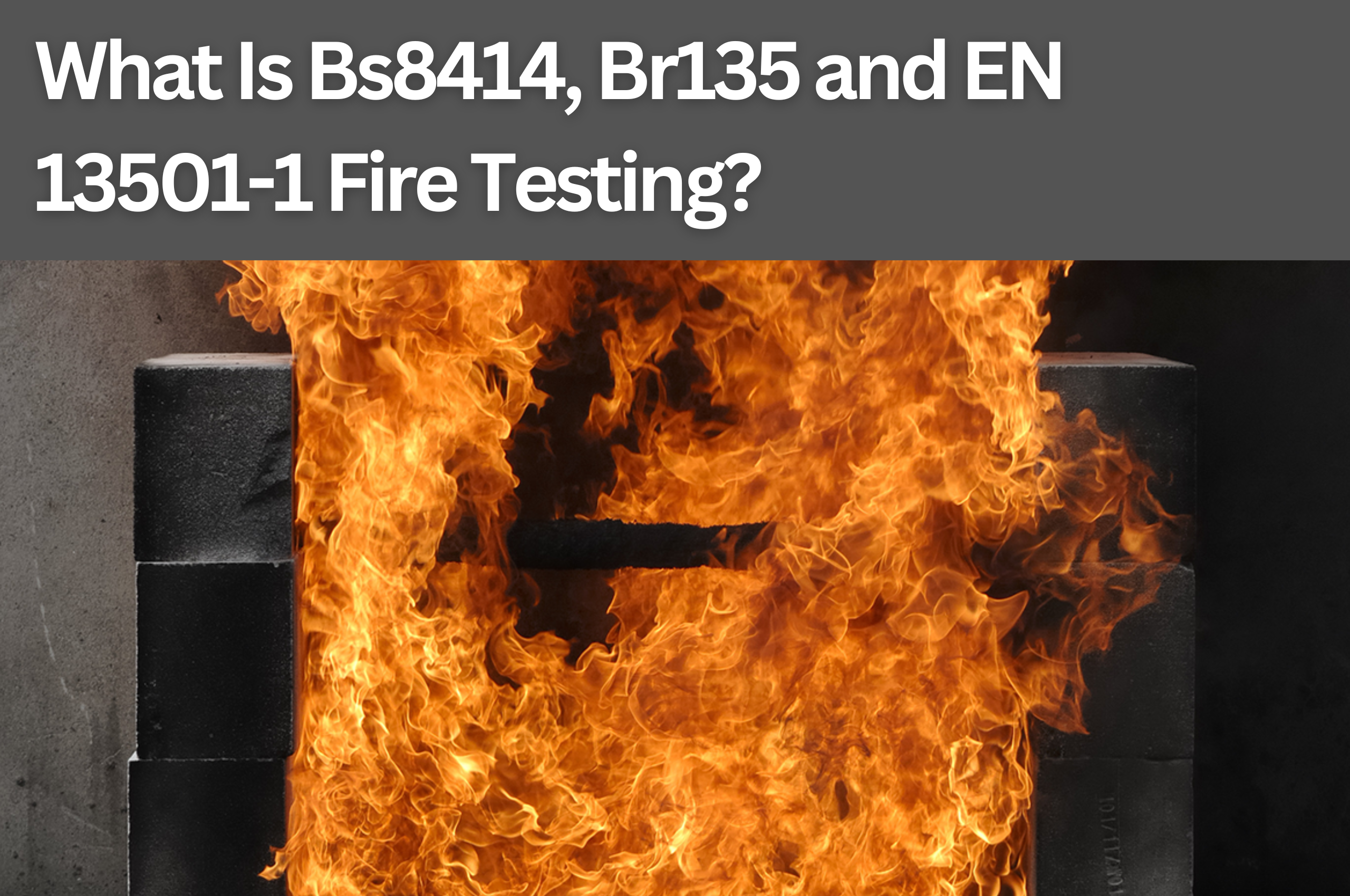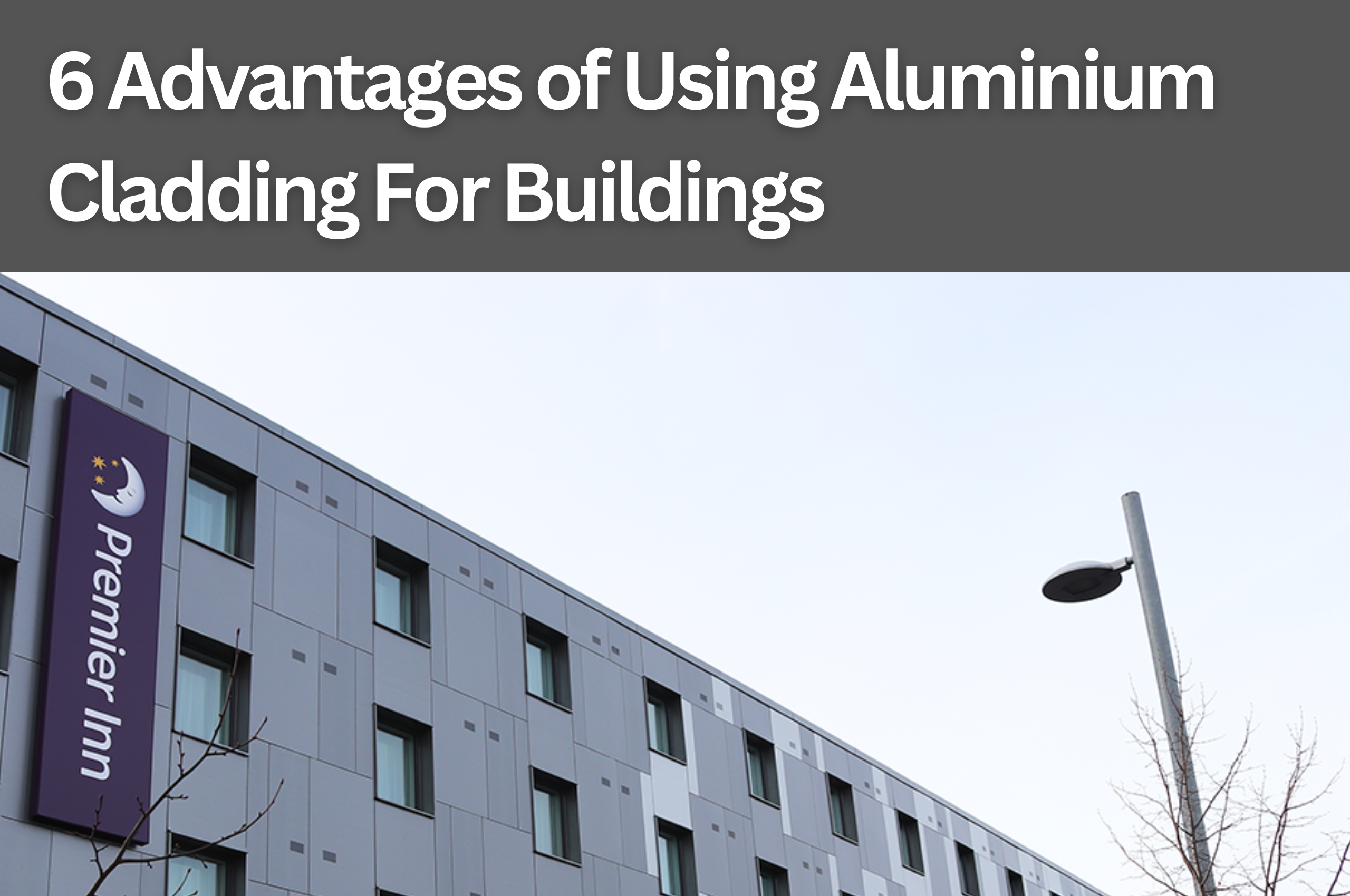Finish Facades Knowledge Base
What Is ACM Cladding (Aluminum Composite Panel Cladding)?
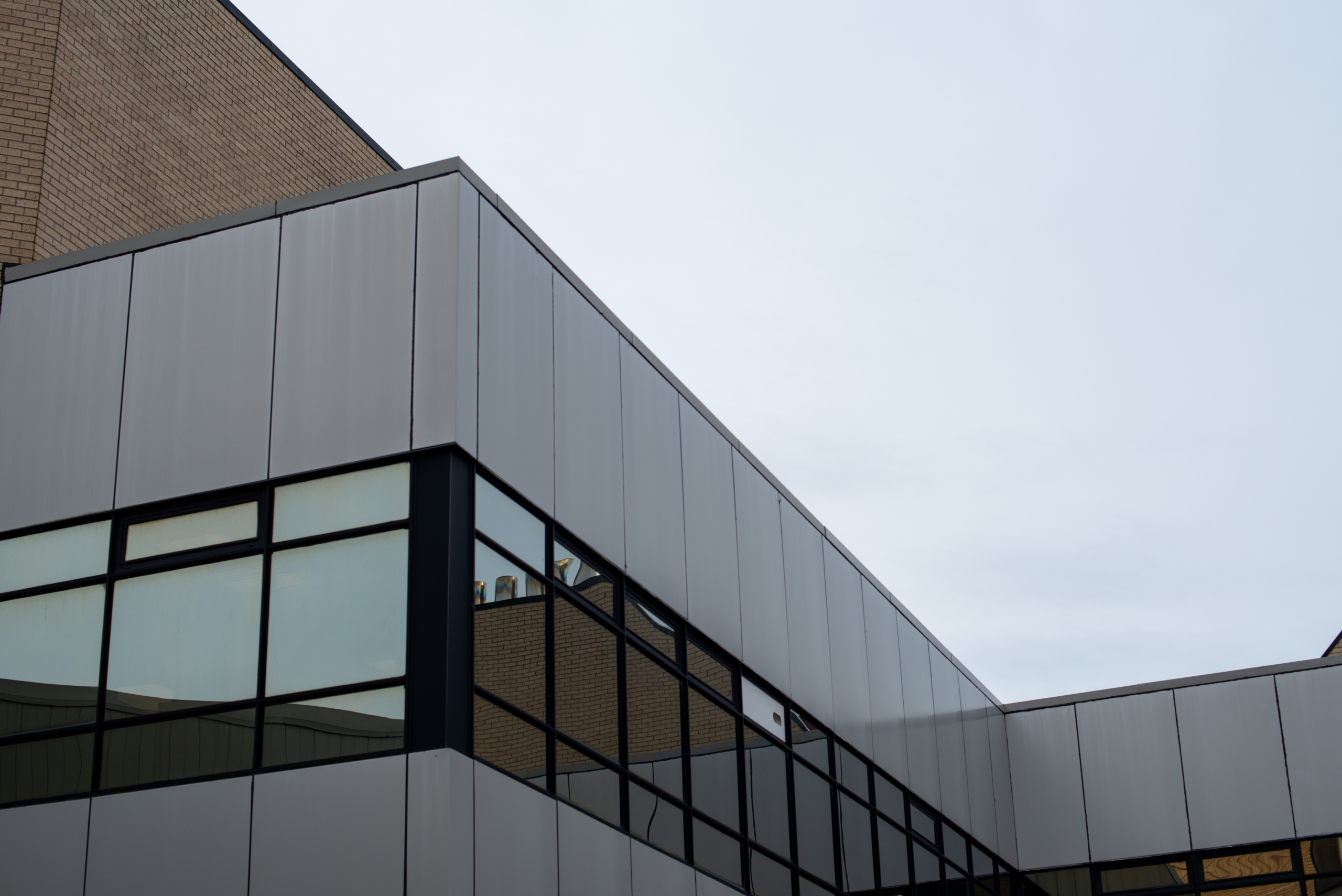
ACM cladding, also known as aluminium composite panels, once was a popular choice for external building facades due to its lightweight construction and durability. These panels consist of two thin aluminium sheets bonded to a non-aluminium core, such as polyethylene (PE), fire-resistant (FR) cores, and others.
When properly specified, installed, and certified, ACM panels were seen as a good material choice due to them offering advantages such as weather resistance and cost-effectiveness. Additionally, they have aesthetic versatility, ease of installation and insulation properties. However, concerns have arisen regarding the fire-resistant capabilities of ACM cladding, particularly those with a polyethylene core, which are highly flammable and pose a significant fire hazard. The Grenfell Tower fire in 2017 highlighted the dangers associated with this type of cladding, as it acted as a source of fuel during the incident. In response to the tragedy, fire-resistant (FR) cores became more favourable.
This article aims to provide an understanding of ACM cladding, address safety concerns, identify ways to assess its presence in buildings, and suggest steps to be taken if ACM cladding is identified. Additionally, considerations for replacing ACM cladding and ensuring compliance with regulations will be discussed.
By following these guidelines and seeking expert advice when necessary, building owners can mitigate the risks associated with ACM cladding.
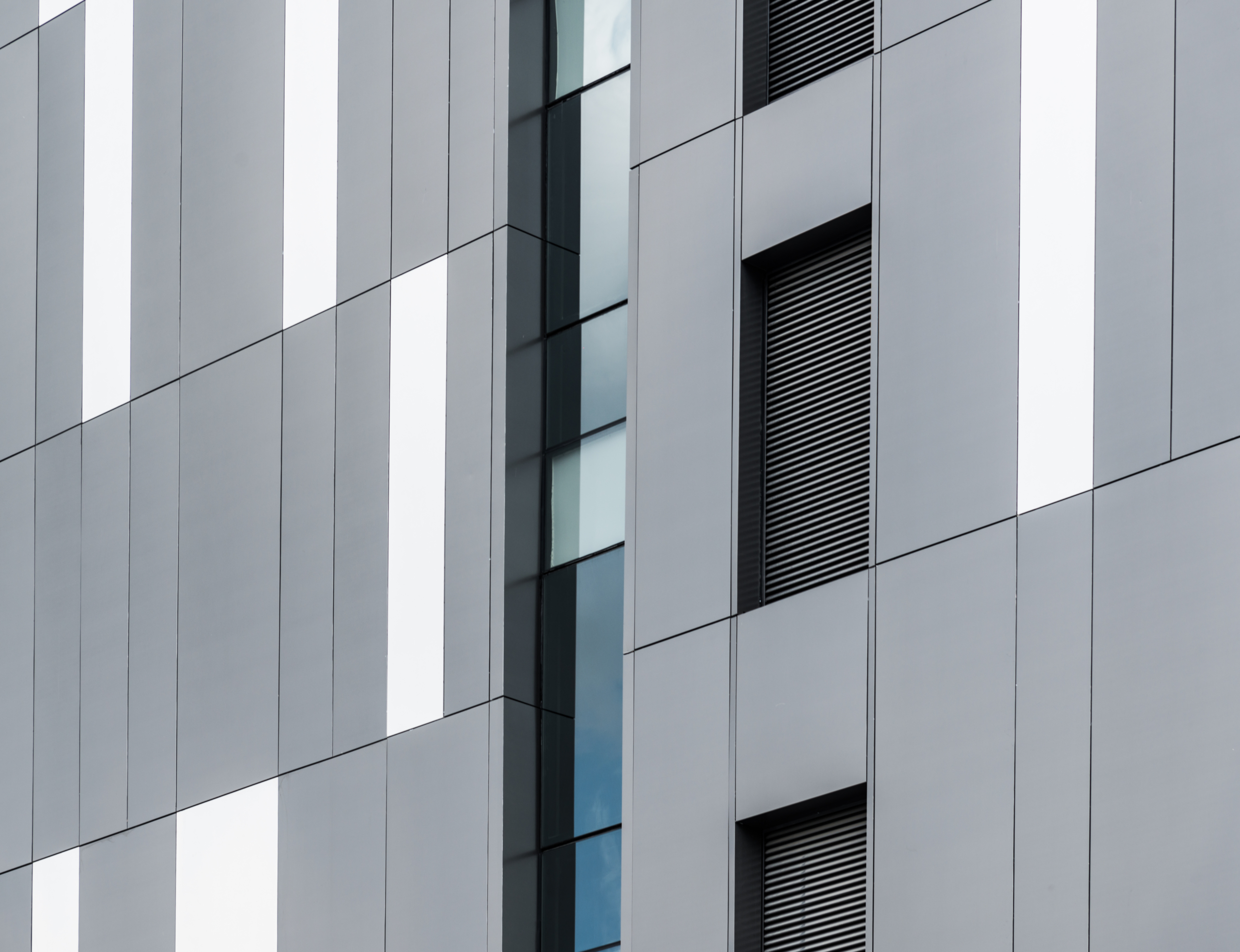
Why Is ACM Cladding Dangerous?
ACM cladding can be dangerous because it is highly flammable and can contribute to the rapid spread of fire in buildings.
ACM cladding is currently banned in the UK. This is primarily due to the Grenfell Tower fire in 2017, it was discovered that ACM cladding with a polyethylene core contributed to the rapid spread of the fire.
In response, the UK government introduced modifications to Approved Document B of the Building Regulations, enacting a complete ban on the usage of Metal Composite Material (MCM) with unmodified polyethylene (PE) core in the construction of buildings, irrespective of their height. It’s important to note that not all ACM cladding materials are banned, only specific types with certain characteristics.
Cladding remediation work has been carried out on numerous buildings identified as having unsafe ACM panels since the Grenfell disaster.

Is ACM Cladding Banned in the UK?
In response to safety concerns stemming from the Grenfell Tower tragedy, the UK government has undertaken significant measures to bolster regulations governing cladding materials and flammable substances in construction.
As part of this effort, the UK government has introduced revisions to Approved Document B. These revisions establish a complete ban on the use of Metal Composite Material (MCM) with unmodified polyethylene (PE) cores in the construction of all new buildings across the nation, irrespective of their height.
Consequently, the use of metal composite material panels with unaltered polyethylene cores (MCM PE) is now prohibited, effectively banning their application on any type of building. This ban applies not only to new buildings but also to the retrofitting of existing buildings where this type of cladding is used. Moreover, the ambit of the ban on flammable materials applied to external walls has been expanded to encompass various new construction categories, including hotels, hostels, and boarding houses. The central objective of these revisions is to implement more stringent safety standards and criteria concerning the implementation of flammable materials, primarily aimed at mitigating the rapid propagation of fires.
It is of paramount importance for the industry to expeditiously update its practices to be in compliance with these new regulations.

Understanding ACM Cladding: What You Need to Know
Understanding ACM Cladding is crucial for building owners and stakeholders as it provides essential knowledge on the composition, characteristics, and safety concerns associated with aluminium composite panels used in external building facades.
ACM panels consist of two thin aluminium sheets bonded to a non-aluminium core. They are highly weather-resistant and cost-effective, requiring low maintenance. The core material can vary and includes options such as mineral fibre, PUR foam, PIR foam, polystyrene, and PF foam. While some core materials, like mineral fibre, provide better fire resistance, others, such as polyethylene, pose significant fire risks.
Safety concerns arise when considering the fire-resistant capabilities of ACM cladding, particularly in high-rise structures. The Grenfell Tower fire in 2017 highlighted the risks associated with ACM cladding containing a polyethylene core.
To identify ACM cladding, one should look for two metal sheets, evidence of core material, panel identification marks or labels, and panel profile.
How to Identify ACM Cladding in Your Building
To identify ACM cladding in a building, there are several key indicators to look for:
1. Examine the presence of two metal sheets: ACM cladding typically consists of two thin aluminium sheets bonded together. Check for the presence of these metal sheets on the exterior of the building.
2. Look for indications of core material: The core material of ACM cladding is usually non-aluminium. Look for any signs or indications of a different material sandwiched between the two metal sheets. Be aware that ACM panels can have various core materials, including polyethylene, fire-resistant cores, or mineral cores. You might not be able to tell apart a polyethylene core from something else, so it’s important to check for panel identification marks for further clarification:
3. Check for panel identification marks or labels: Many ACM cladding panels have identification marks or labels that indicate their composition. Look for these marks or labels on the cladding panels.
4. Observe the panel profile: ACM cladding panels often have a distinctive profile or appearance. Look for any unique features or characteristics that are commonly associated with ACM cladding.
It is important to note that the Department for Communities and Local Government has conducted fire testing on cladding samples from high-rise buildings to determine their composition and fire-resistant capabilities. This testing has helped identify ACM cladding with a polyethylene core, which has been associated with safety concerns and incidents such as the Grenfell Tower fire.
Therefore, it is crucial to follow proper identification procedures to ensure the safety and compliance of your buildings with regards to ACM cladding. Thorough examination and verification of the cladding materials are essential steps in assessing the potential risks and taking appropriate actions to address them.
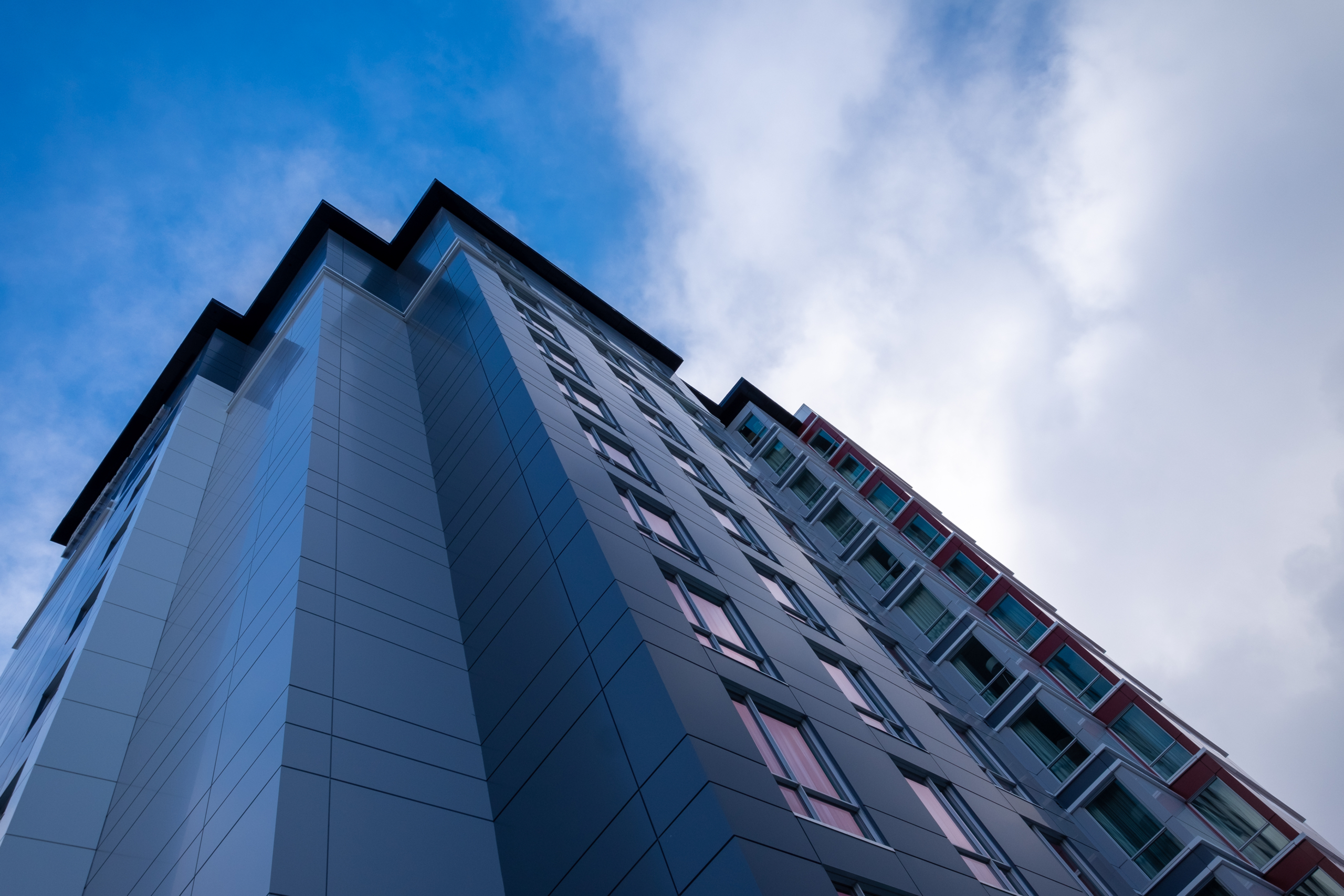
Assessing the Safety of ACM Cladding
Assessing the safety of aluminium composite panels involves a comprehensive evaluation of their fire-resistant capabilities, composition, and compliance with building regulations and standards.
The primary concern regarding ACM cladding is its potential to contribute to the spread of fires. It is crucial to determine the type of core material used in the panels, as different cores can have varying levels of fire resistance.
Building regulations require that where structures over 18 metres use ACM cladding, this cladding must be limited combustibility or Class A2.1 core material. In residential buildings of over 18 metres, combustible cladding materials are banned. This includes hospitals, care homes and student accommodation, but hotels and office buildings are exempt.
Additionally, it is essential to verify if the installation and panel approval meet industry standards such as LPS 1500 and LPS 1531.
By conducting these assessments, building owners can ensure that their ACM cladding meets necessary safety requirements and mitigate potential risks associated with fire incidents.
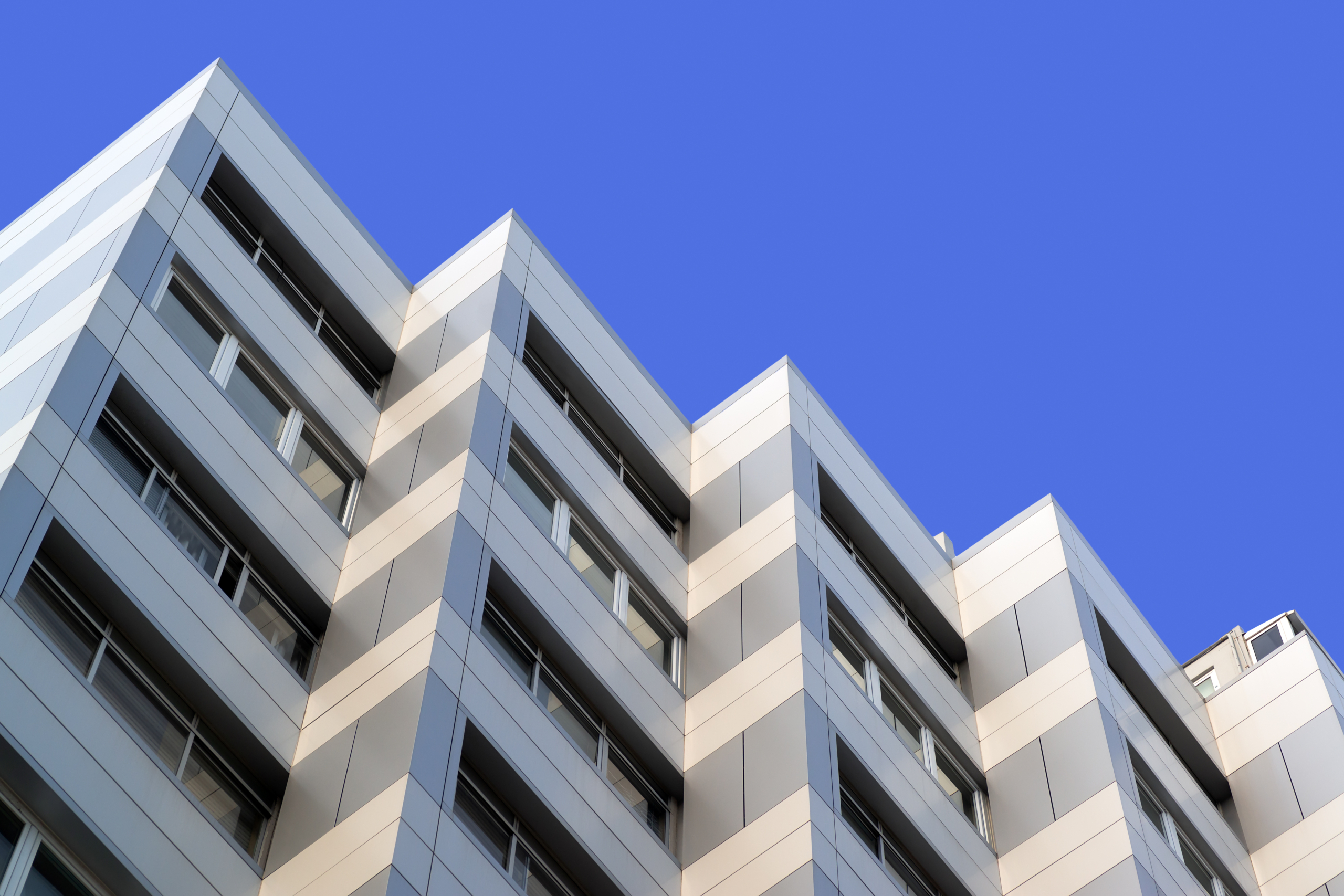
Steps to Take if Your Building Has ACM Cladding
When faced with the presence of ACM cladding, it is crucial to take immediate action to ensure compliance with safety regulations and mitigate potential risks.
The first step is to verify the compliance of the ACM panels. This includes checking if they meet fire safety standards. While LPS 1500 and LPS 1531 are standards used in some regions, the specific standards and regulations may vary by location. It's essential to consult local building codes and authorities for the appropriate standards applicable to your area.
It is also important to check if the building has insurance coverage and seek advice from insurers regarding ACM risks.
Additionally, contacting a specialist team like Finish Facades for guidance on cladding testing and property portfolio management is recommended.
If ACM cladding is identified, it is necessary to comply with Building Regulations guidance for limited combustibility or Class A2.1 core material for buildings over 18 metres in height.
Finally, it may be necessary to undertake remediation work if the building has identified ACM panels, as close to 500 buildings did after the Grenfell disaster. You may be able to receive financial support for this remediation work from the government through the Building Safety Fund, which was reopened in 2022.

Should I Have My ACM Cladding Removed?
If you own a building that has metal composite material panels with polyethylene cores, it is crucial to take action to ensure compliance. The only way to achieve this is by removing the cladding. Failing to comply with the EWS system can have serious consequences, including the inability to sell your property. Lenders consider a property with faulty cladding as worthless, making it challenging to attract potential buyers.
When it comes to cladding remediation, your best choice is to remove and replace the cladding with the help of experts. Fortunately for you, our team has a lot of experience and knowledge
when it comes to the subject of fire-resistant cladding. We offer an accredited service to provide peace of mind to our clients that their construction products meet the latest industry standards.
So do not hesitate to contact one of our team members over the phone for assistance.
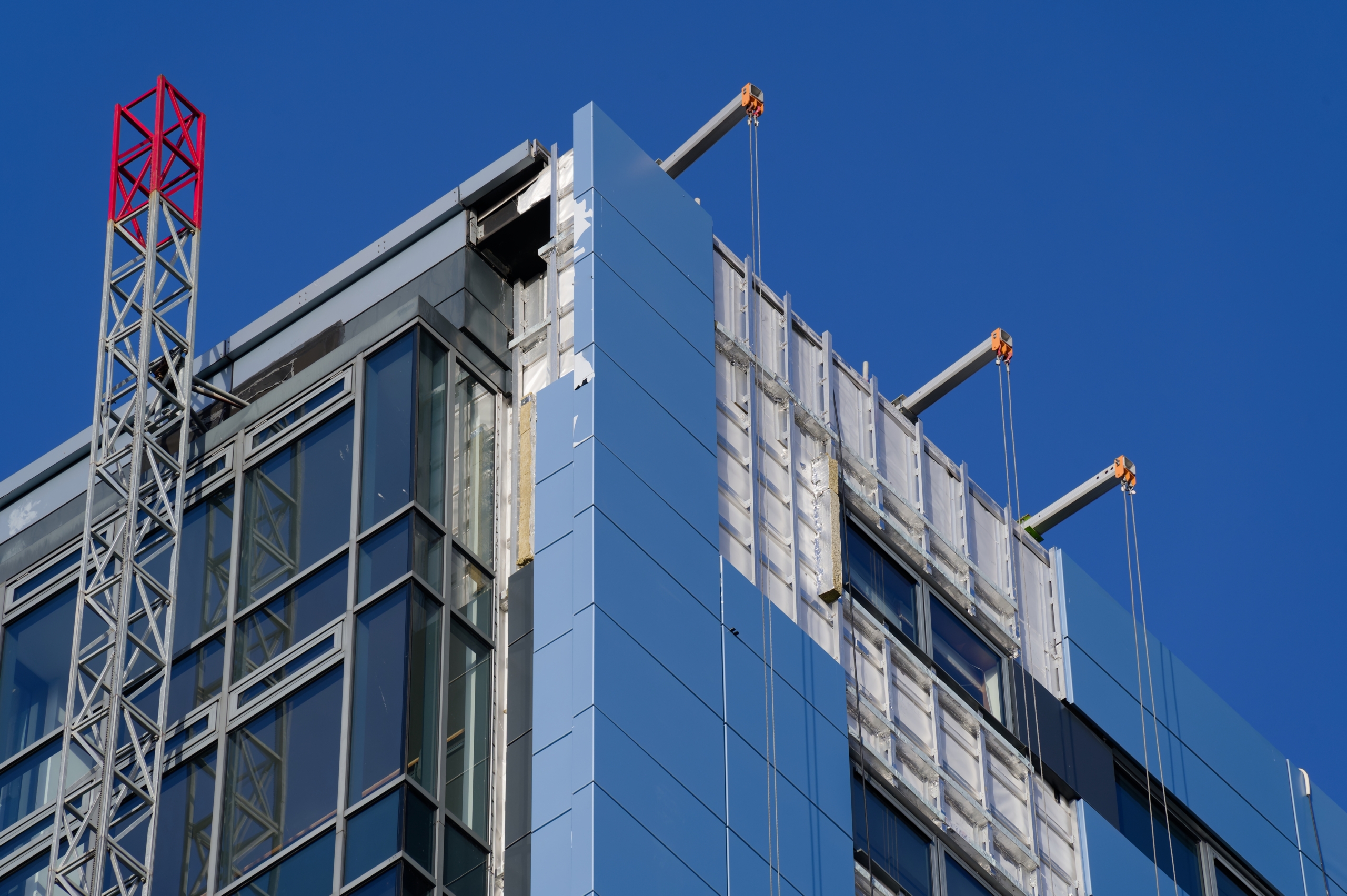
Replacing ACM Cladding: What You Should Consider
Replacing ACM cladding requires a comprehensive evaluation of alternative materials, adherence to fire safety regulations, and consideration of the building's unique requirements.
When selecting a replacement material, it is crucial to prioritise fire-resistant options that comply with the latest regulations and standards. Materials such as Aluminium, non-combustible mineral fibre or A2-rated panels can be considered.
Additionally, factors like durability, weather resistance, and specific maintenance needs, such as regular cleaning or coating renewal, should be taken into account to ensure the long-term performance of the cladding system.
It is recommended to consult with experts in the field who can provide specialist guidance on testing and compliance.
The replacement process should also include thorough planning, coordination with contractors, and regular communication to minimise dIsruption during installation.
Overall, replacing ACM cladding necessitates careful consideration of various factors to ensure a safe and suitable alternative is chosen for the building facade.
Secure and Enhance Your Building with Finish Facades' Aluminium Rainscreen Cladding Systems
Reflecting on the once-popular ACM cladding, its appeal for external facades was clear: durability, lightweight construction, and cost-effectiveness. Yet, the Grenfell Tower tragedy underscored the critical safety risks, especially the flammability of metal composite panels with polyethylene cores. This incident has reshaped our approach to building safety, emphasising the need for stringent assessment and management of cladding materials.
Finish Facades leads the way in providing CWCT Tested Aluminium Rainscreen Cladding Systems that not only meet but exceed the rigorous safety standards established in the wake of Grenfell. By choosing our solutions, you ensure your project aligns with the highest safety protocols, offering robust, fire-resistant, and aesthetically pleasing exteriors.
Incorporating lessons learned from the past, it's vital to scrutinise ACM cladding for:
- Verification of installation and panel certification
- Adequate insurance coverage
- Expert consultation for testing and management
Adhering to regulations and taking necessary actions are paramount for the safety of buildings with ACM cladding.
Elevate your project with Finish Facades, where safety and design converge. Contact us today to explore how our Aluminium Rainscreen Cladding Systems can revolutionise your building project, ensuring compliance, safety, and style.
Learn More
Need more information?
To see how Finish Facades could support your next project - simply call us, or use the form below.
